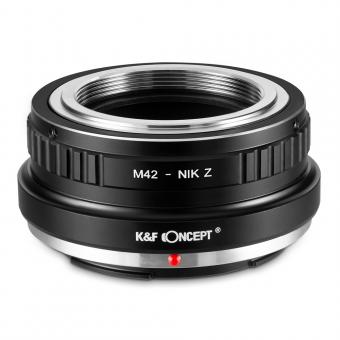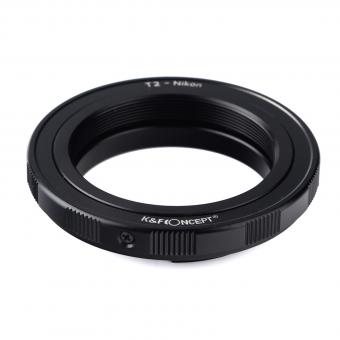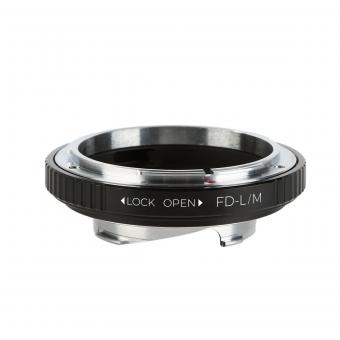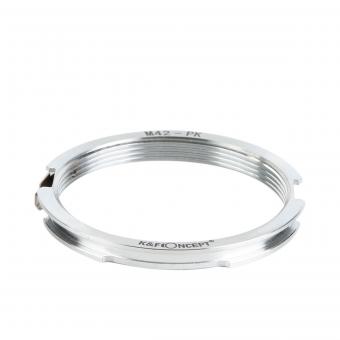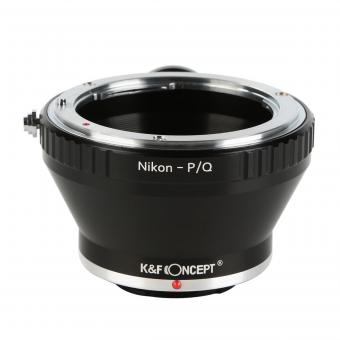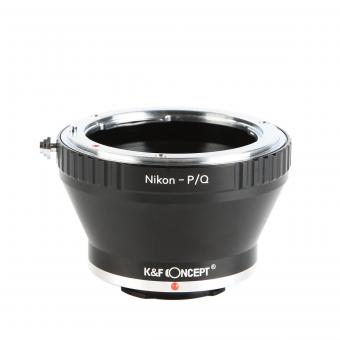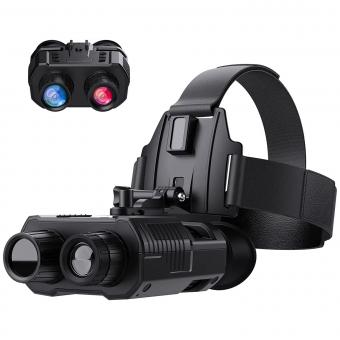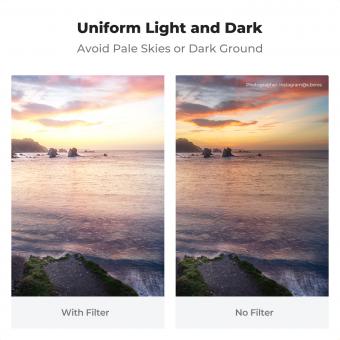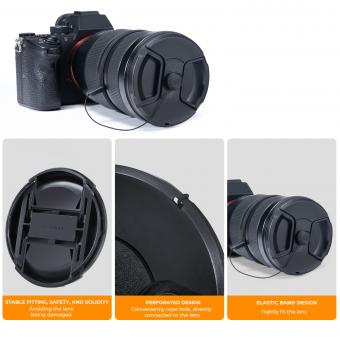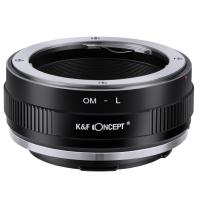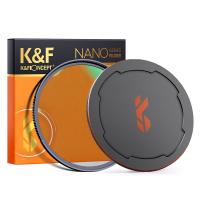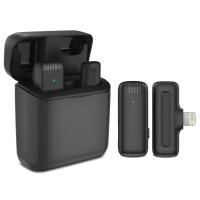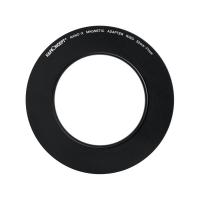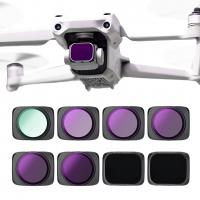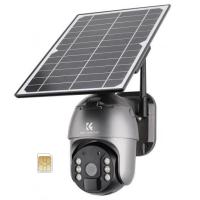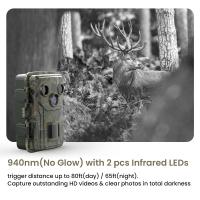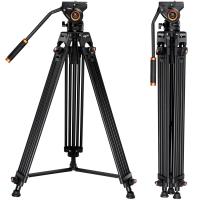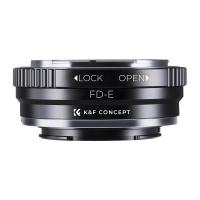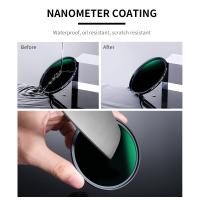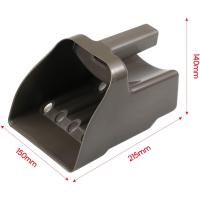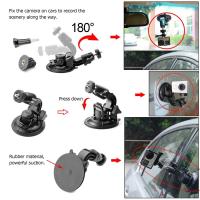Camera That Can See In The Dark ?
A camera that can see in the dark is commonly referred to as a night vision camera. Night vision cameras use various technologies to capture images in low-light or complete darkness. These technologies include infrared (IR) illumination, thermal imaging, and image intensification. IR illumination involves emitting infrared light that is invisible to the human eye but can be detected by the camera's sensor. Thermal imaging cameras detect the heat emitted by objects and convert it into visible images. Image intensification cameras amplify the available light to produce a visible image. Night vision cameras are used in various applications such as surveillance, wildlife observation, and military operations.
1、 Low-light sensitivity in cameras
A camera that can see in the dark, also known as a low-light sensitivity camera, is a device that is designed to capture images or videos in environments with very little or no light. These cameras are equipped with advanced technology that allows them to produce clear and detailed images even in extremely low-light conditions.
Low-light sensitivity in cameras is achieved through various techniques and features. One common method is the use of larger image sensors, which can capture more light and produce better image quality. Another technique is the incorporation of advanced noise reduction algorithms, which help to reduce the graininess or noise that is often associated with low-light photography.
In recent years, there have been significant advancements in low-light sensitivity technology. One notable development is the use of backside-illuminated (BSI) image sensors. BSI sensors have the ability to capture more light by placing the light-sensitive elements on the backside of the sensor, allowing for improved low-light performance.
Additionally, the use of artificial intelligence (AI) algorithms has also contributed to the improvement of low-light sensitivity in cameras. AI-powered cameras can analyze the scene and adjust various settings, such as ISO and shutter speed, in real-time to optimize image quality in low-light conditions.
The latest point of view regarding low-light sensitivity in cameras is the integration of night vision capabilities. Some cameras now come equipped with infrared (IR) illuminators, which emit infrared light that is invisible to the human eye but can be detected by the camera's sensor. This allows for capturing images or videos in complete darkness.
Overall, the development of low-light sensitivity in cameras has revolutionized the field of photography and videography, enabling users to capture high-quality images even in challenging lighting conditions. As technology continues to advance, we can expect further improvements in low-light sensitivity, providing photographers and videographers with even more creative possibilities.
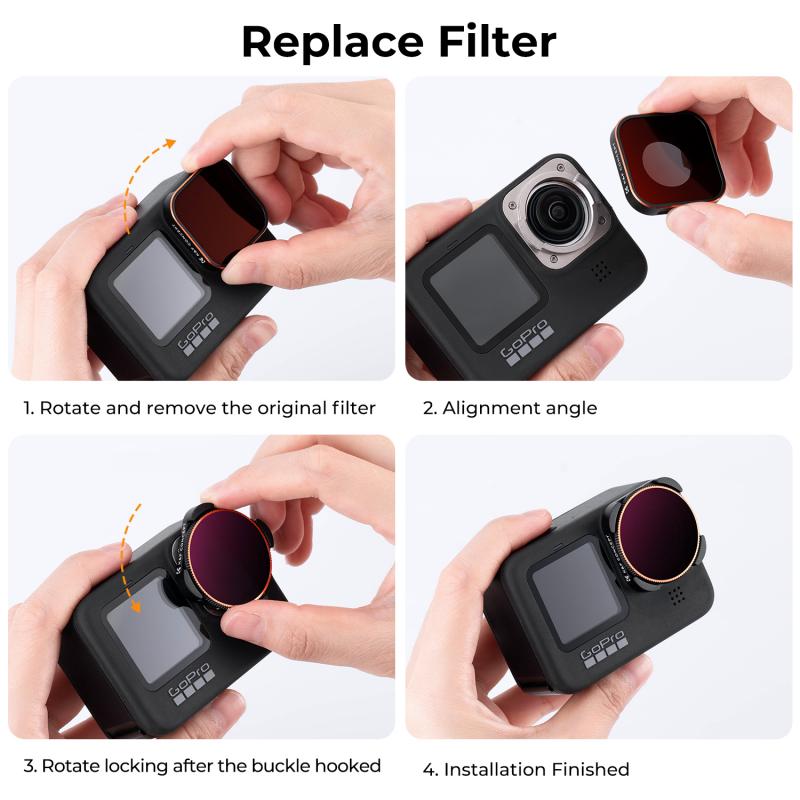
2、 Infrared imaging technology
A camera that can see in the dark is made possible by infrared imaging technology. Infrared imaging works by detecting the heat emitted by objects and converting it into a visible image. This technology allows cameras to capture images even in complete darkness or low-light conditions where traditional cameras would fail.
Infrared cameras use sensors that are sensitive to infrared radiation, which is not visible to the human eye. These sensors can detect the heat signatures of objects and convert them into an image that can be seen on a display. The resulting images are often displayed in shades of gray or false color, where different colors represent different levels of heat.
Infrared imaging technology has evolved significantly in recent years, with advancements in sensor technology and image processing algorithms. This has led to improved image quality, higher resolution, and better overall performance of infrared cameras. Additionally, the size and cost of these cameras have decreased, making them more accessible to a wider range of applications.
Infrared cameras have found applications in various fields, including surveillance, security, firefighting, search and rescue operations, and even wildlife observation. They are particularly useful in situations where visibility is limited, such as in smoke-filled environments or during nighttime operations.
In conclusion, a camera that can see in the dark is made possible by infrared imaging technology. This technology has seen significant advancements, resulting in improved image quality and performance. Infrared cameras have become invaluable tools in various industries, enabling us to see and capture images in conditions where traditional cameras would fail.
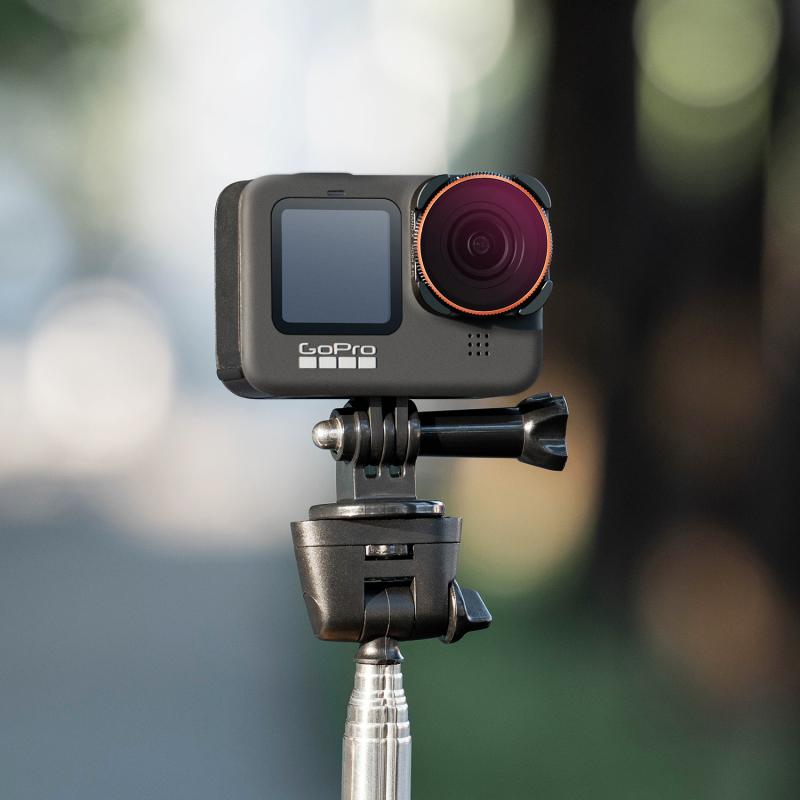
3、 Night vision capabilities in cameras
Night vision capabilities in cameras have come a long way in recent years, allowing us to capture clear and detailed images even in complete darkness. One of the most notable advancements in this field is the development of cameras that can see in the dark, commonly known as night vision cameras.
Night vision cameras use various technologies to enhance visibility in low-light conditions. One of the most common methods is infrared (IR) illumination, where the camera emits infrared light that is invisible to the human eye but can be detected by the camera's sensor. This allows the camera to capture images even in pitch-black environments.
In addition to IR illumination, some cameras utilize image intensification technology. These cameras amplify the available light, making even the faintest sources of light visible to the human eye. This technology is often used in military and surveillance applications.
Another emerging technology in night vision cameras is thermal imaging. Instead of relying on visible light, thermal cameras detect the heat emitted by objects and convert it into an image. This allows for excellent visibility in complete darkness, as thermal cameras can detect temperature differences and create a detailed image based on these variations.
The latest advancements in night vision cameras have focused on improving image quality, range, and overall performance. Manufacturers are constantly working on enhancing sensor sensitivity, reducing noise, and increasing the resolution of night vision images. Additionally, there have been efforts to integrate night vision capabilities into smaller and more portable devices, such as smartphones and drones.
Overall, the development of cameras that can see in the dark has revolutionized various industries, including security, wildlife observation, and even amateur photography. With ongoing advancements, we can expect night vision cameras to become even more powerful and accessible in the future.
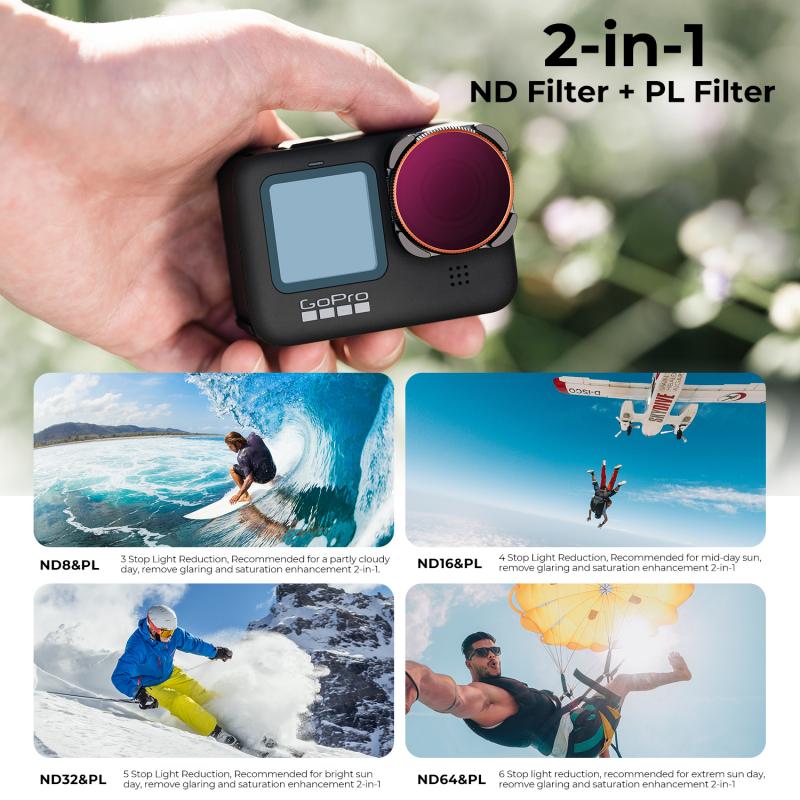
4、 Thermal imaging for low-light conditions
A camera that can see in the dark, also known as a night vision camera, is a device that uses various technologies to capture images in low-light or no-light conditions. These cameras are commonly used in surveillance, security, and military applications. They work by amplifying the available light or by using infrared (IR) technology to detect heat signatures.
Thermal imaging for low-light conditions is another technology that enables cameras to capture images in darkness. Unlike traditional night vision cameras that rely on amplifying visible light, thermal imaging cameras detect the heat emitted by objects and convert it into a visible image. This technology is particularly useful in situations where there is no ambient light or when visibility is severely limited.
The latest advancements in night vision and thermal imaging technology have significantly improved the capabilities of these cameras. For instance, some cameras now combine both technologies, allowing users to switch between traditional night vision mode and thermal imaging mode. This provides a more comprehensive view of the surroundings, enhancing situational awareness.
Furthermore, recent developments have led to the miniaturization of night vision and thermal imaging cameras, making them more portable and accessible. This has expanded their applications beyond traditional uses, such as wildlife observation, search and rescue operations, and even recreational activities like hunting and camping.
In conclusion, while a camera that can see in the dark can refer to both night vision and thermal imaging cameras, the latter has gained prominence due to its ability to capture images in low-light conditions by detecting heat signatures. The latest advancements in these technologies have made night vision and thermal imaging cameras more versatile, compact, and widely applicable in various fields.






